File this one under, ‘don’t do this yourself, but we’re glad they filmed it.’ [Denis Koryakin] flew a quadcopter to 10km, or about 33,000 feet. This was just an experiment to see if it was possible. A few items of note from the video: this thing was climbing at 14-15 m/s when it first took off. It was barely climbing at 2 m/s at 10km. Second: it was really, really cold. The ground temperature was -10 C, and temperatures at 8km reached -50 C. Density altitude is on this guy’s side, and I don’t know if this would be possible in warmer temperatures.
Hold on to your hats, there’s a gigantic space station that’s going to crash sometime in the next few weeks. Tiangong-1, an 8-ton space station launched in 2011, is going to reenter the atmosphere ‘sometime between March 30 and April 6’. Because of orbits and stuff, it’s more likely to reenter at the highest latitudes, and this space station has an inclination of 42.7 degrees. If your latitude is 42° N or 42° S, you should probably pull a Liza Minnelli on this situation and spend the next month in bed.
Hey, cool! The Tindie Badge is being used to teach orphans in Bosnia how to solder.
The BBC has decided to cancel Robot Wars. No, it’s not Battlebots — the house robots always seemed to be a bit overkill and added too much drama. No, it’s not Scrapheap Challenge or Junkyard Wars, but Robot Wars was legitimately fun, and cheap-to-produce reality TV. The engineering that went into these bots was amazing, and this is a loss for the entire engineering community. Here’s a change.org petition against its cancellation, but we all know how successful those change.org petitions can be.
FREE CHIPS!. Free motor drivers, actually, which is even more impressive. Aisler puts together BOMs for projects and such — think of it as an on-demand kitting service. They’re throwing in free Trinamic drivers with orders. Someone should build a motor driver breakout.


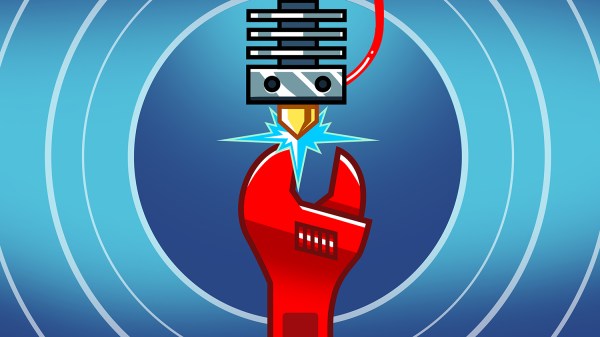
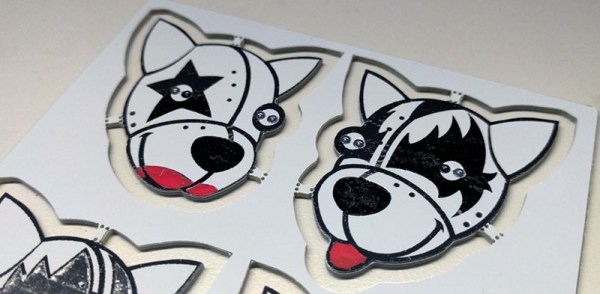

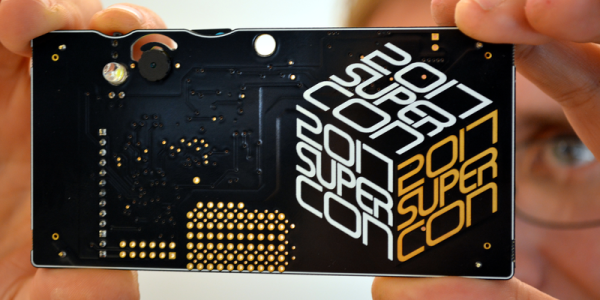
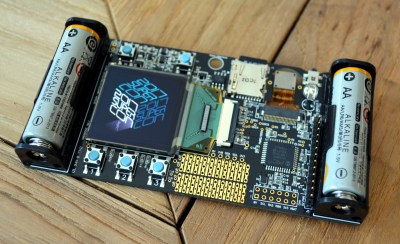
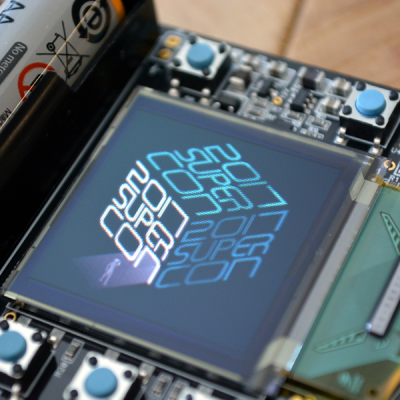 The Superconference is this weekend, and a few hundred Hackaday hackers will get their hands on this lump of open hardware. Something fantastic is certainly going to happen. If you couldn’t make it but still want to play along, now’s your chance!
The Superconference is this weekend, and a few hundred Hackaday hackers will get their hands on this lump of open hardware. Something fantastic is certainly going to happen. If you couldn’t make it but still want to play along, now’s your chance!









